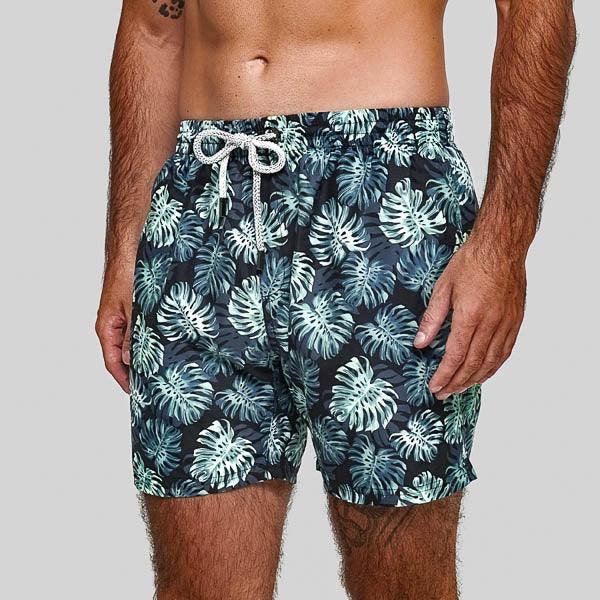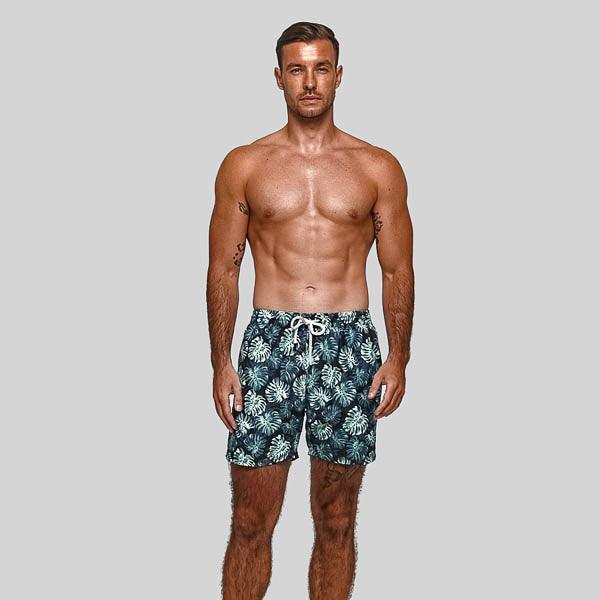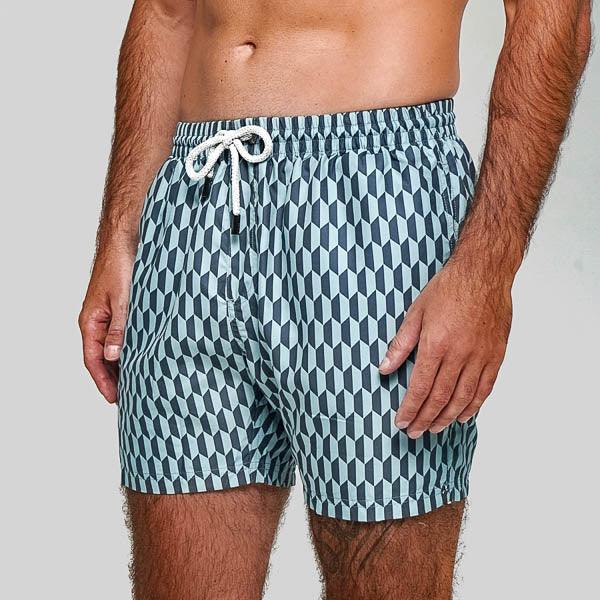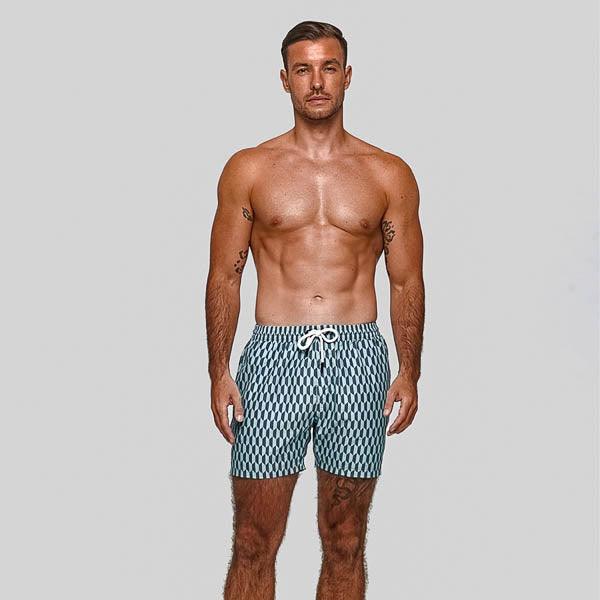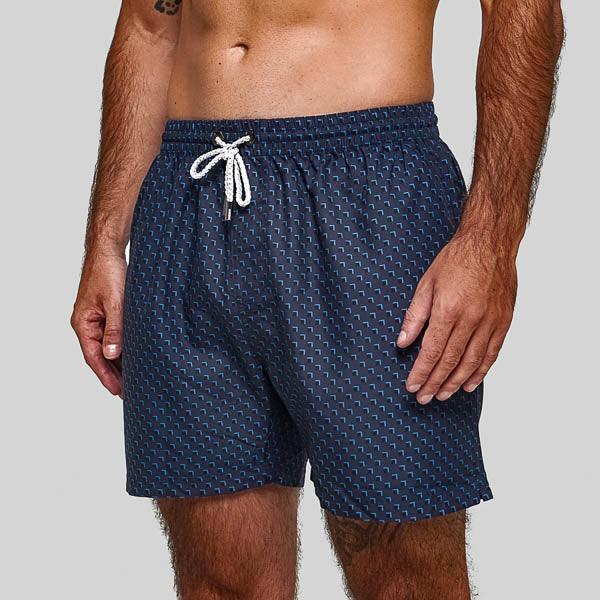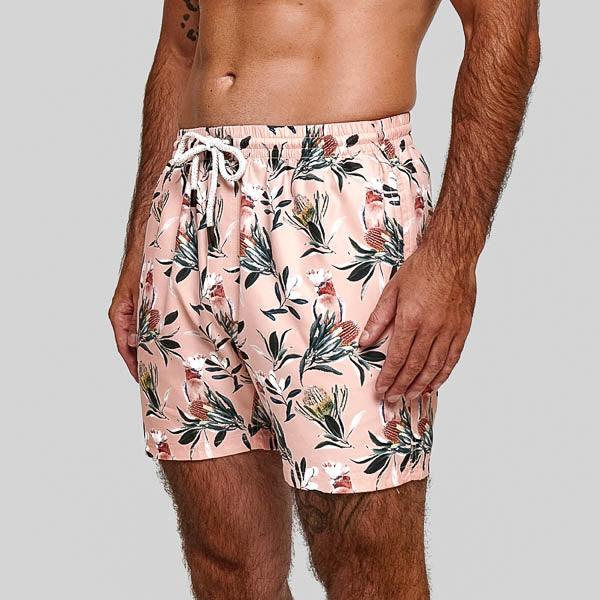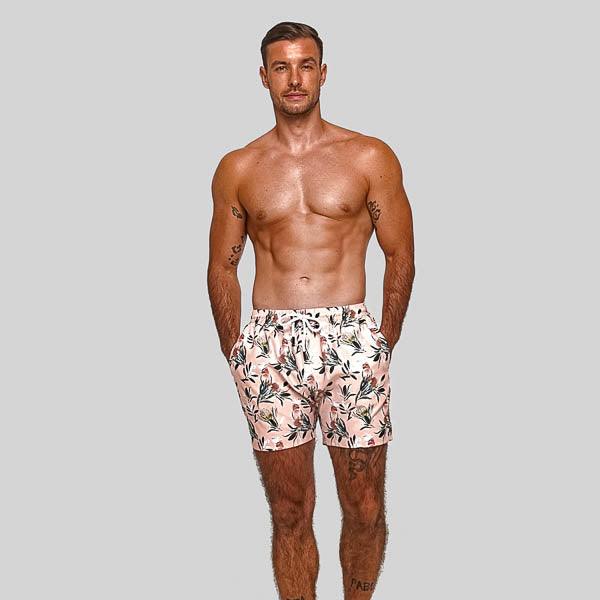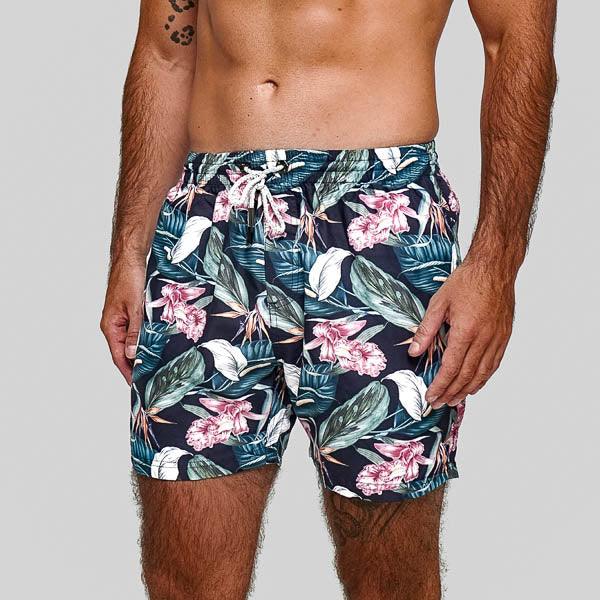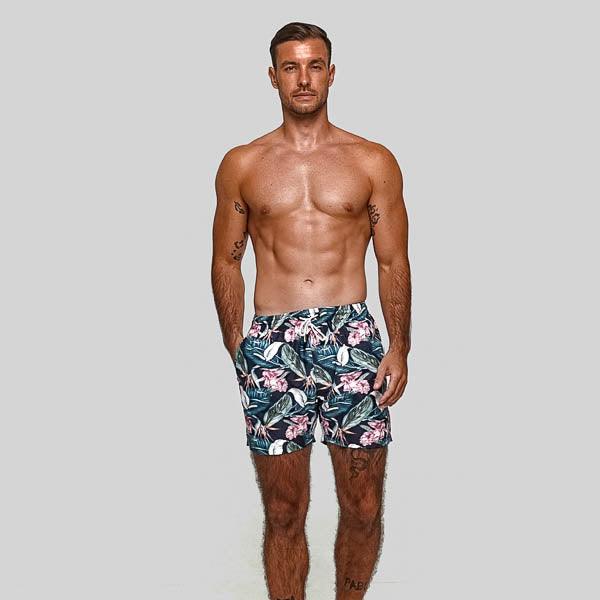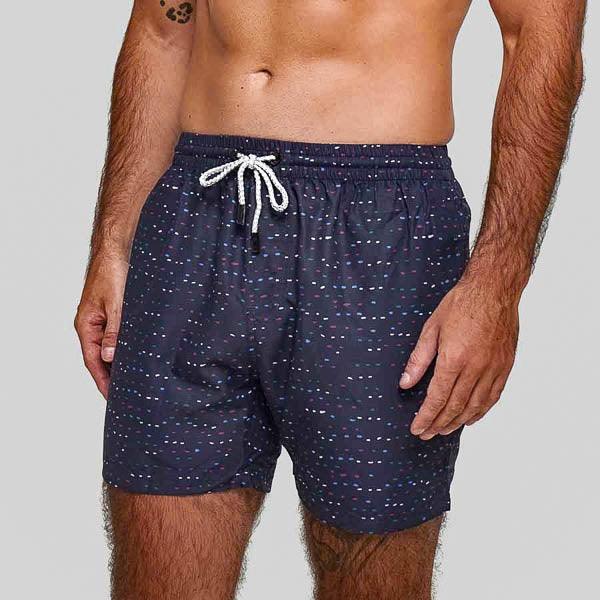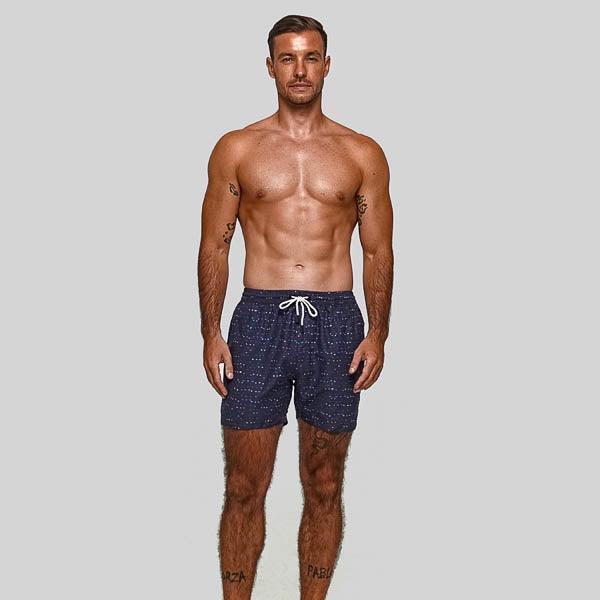As sustainability becomes more important in fashion, many people are seeking eco-friendly swimwear options. This guide will help you identify if your men’s swimwear is environmentally friendly, covering key features, materials, and certifications to look for.
Key Features of Eco-Friendly Swimwear
Sustainable Materials
Eco-friendly swimwear often uses sustainable materials such as:
- Recycled Polyester (rPET): Made from recycled plastic bottles, reducing waste and energy use.
- Econyl: A regenerated nylon made from ocean and landfill waste like fishing nets and fabric scraps.
- Organic Cotton: Grown without synthetic pesticides or fertilizers, offering a softer, chemical-free option.
Low-Impact Dyes
Look for swimwear dyed with low-impact or natural dyes, which are less harmful to the environment. These dyes use less water and energy, minimizing pollution.
Certifications to Look For
Global Recycled Standard (GRS)
This certification verifies that the product contains recycled materials and ensures responsible social, environmental, and chemical practices throughout production.
OEKO-TEX Standard 100
OEKO-TEX certifies that the swimwear is free from harmful chemicals, ensuring safe and sustainable production processes.
Bluesign
Bluesign ensures that the textile is produced with minimal environmental impact, focusing on resource efficiency, worker safety, and consumer safety.
Ethical Manufacturing Practices
Fair Labor Practices
Eco-friendly brands often prioritize ethical manufacturing practices, ensuring fair wages and safe working conditions for workers. Look for transparency about labor practices on brand websites.
Carbon Offset Programs
Some brands offset their carbon footprint through reforestation projects or renewable energy initiatives. This commitment to reducing emissions contributes to a more sustainable product.
Packaging Considerations
Minimalist Packaging
Eco-friendly brands often use minimal, recyclable, or biodegradable packaging to reduce waste. Look for packaging that aligns with sustainable practices.
Researching Brands
Brand Transparency
Check the brand’s website for information on sustainability initiatives, materials used, and ethical practices. Brands committed to sustainability will provide detailed information about their products and processes.
Customer Reviews
Read customer reviews to gain insights into the swimwear’s quality, comfort, and sustainability. Look for feedback on the materials and durability of the product.
Eco-Friendly Swimwear Maintenance
Proper Care
Extend the life of your eco-friendly swimwear by rinsing it in cold water after use, avoiding harsh detergents, and air-drying. Proper care reduces the environmental impact by prolonging the lifespan of the product.
Conclusion
Identifying eco-friendly men’s swimwear involves looking for sustainable materials, certifications, and ethical practices. By choosing swimwear that prioritizes environmental and social responsibility, you can enjoy your time at the beach while contributing to a healthier planet. Use these tips to make informed decisions and find swimwear that aligns with your values. Check out our other guides to mens swimwear sustainability.
FAQs
1. What materials are considered eco-friendly for swimwear?
- Recycled polyester, Econyl, and organic cotton are popular eco-friendly materials used in sustainable swimwear.
2. Why are low-impact dyes important in eco-friendly swimwear?
- Low-impact dyes use less water and energy, reducing environmental pollution and making the production process more sustainable.
3. What certifications indicate eco-friendly swimwear?
- Certifications like Global Recycled Standard (GRS), OEKO-TEX Standard 100, and Bluesign indicate sustainable practices in swimwear production.
4. How can I tell if a brand uses ethical manufacturing practices?
- Look for transparency on the brand’s website regarding labor practices, fair wages, and safe working conditions.
5. Why is minimalist packaging important for eco-friendly swimwear?
- Minimalist packaging reduces waste and environmental impact, aligning with sustainable practices.
6. How should I care for my eco-friendly swimwear?
- Rinse in cold water after use, avoid harsh detergents, and air-dry to prolong the lifespan of your swimwear and reduce environmental impact.


